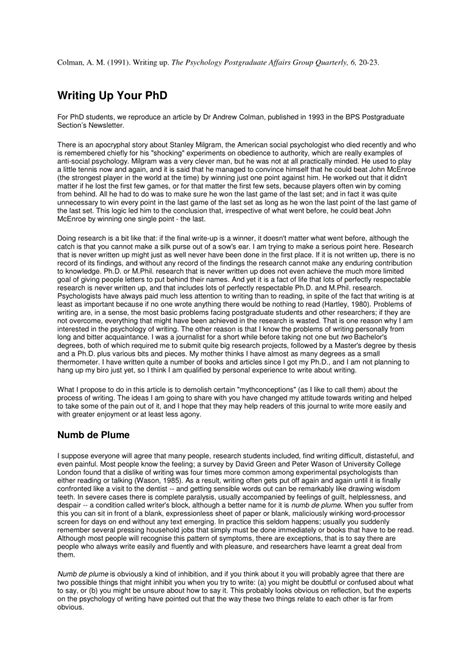A write-up is a formal disciplinary action taken by a school against a student who has violated school rules or expectations. It typically involves a written document that outlines the student’s misconduct, the consequences for the violation, and any steps that the student must take to address the issue.

Purpose of Write-Ups
Write-ups serve several purposes in schools:
- Deterrence: They act as a warning to students that certain behaviors are unacceptable and will not be tolerated.
- Documentation: They provide a record of the student’s misconduct and the school’s response.
- Accountability: They hold students accountable for their actions and make them aware of the consequences of their choices.
- Behavior Modification: They aim to change the student’s behavior by imposing consequences and providing guidance.
Types of Write-Ups
There are various types of write-ups that schools may use, depending on the severity of the violation. These include:
- Minor Write-Ups: These are issued for minor infractions, such as tardiness, dress code violations, or minor disruptive behavior.
- Major Write-Ups: These are issued for more serious violations, such as cheating, fighting, or drug use.
- Suspension Write-Ups: These are issued for severe violations that require the student to be removed from school for a period of time.
- Expulsion Write-Ups: These are issued for the most extreme violations and result in the student’s permanent removal from the school.
Consequences of Write-Ups
The consequences of a write-up can vary depending on the type of violation and the school’s policies. Common consequences include:
- Detention: The student may be required to stay after school or during lunch for a designated period.
- Suspension: The student may be temporarily removed from school for a period of time.
- In-School Suspension (ISS): The student may be kept in a separate classroom or area within the school during school hours.
- Expulsion: The student may be permanently removed from the school.
Benefits of Write-Ups
Although write-ups can be viewed negatively, they can provide several benefits when used appropriately:
- Early Intervention: They allow schools to intervene early in a student’s problematic behavior before it escalates into more serious issues.
- Clarity for Students: They provide students with a clear understanding of what behaviors are unacceptable and the consequences for violating those expectations.
- Accountability: They hold students accountable for their actions and encourage them to take responsibility for their behavior.
- Improved School Climate: Write-ups can help to improve the school climate by creating a more respectful and orderly learning environment.
Effective Write-Up Strategies
Schools that implement effective write-up strategies experience positive results in student behavior. These strategies include:
- Clear Communication: Schools should clearly communicate their behavioral expectations to students and parents.
- Consistency: Write-ups should be issued consistently for similar violations.
- Fairness: Write-ups should be based on objective evidence and not on subjective judgments.
- Documentation: Detailed documentation of write-ups is essential for tracking student behavior and providing evidence in case of disputes.
- Collaboration: Schools should involve parents, teachers, and administrators in the write-up process to ensure a comprehensive approach to addressing student misconduct.
Statistics on Write-Ups
According to the National Center for Education Statistics (NCES), approximately 13% of public school students were suspended at least once during the 2017-2018 school year. The NCES also reports that black students are more likely than white students to be suspended.
Innovation in Write-Up Practices
Schools are exploring innovative ways to implement write-ups. One approach is the use of electronic write-ups, which can streamline the process and provide more efficient documentation. Another innovative approach is restorative justice, which focuses on repairing harm caused by misconduct and promoting reconciliation between the student and the school community.
Conclusion
Write-ups are an important tool for schools to address student misconduct. When implemented effectively, they can deter inappropriate behavior, provide accountability, and promote positive school climates. However, it is crucial for schools to use write-ups in a fair, consistent, and collaborative manner to maximize their benefits and minimize any negative consequences.
